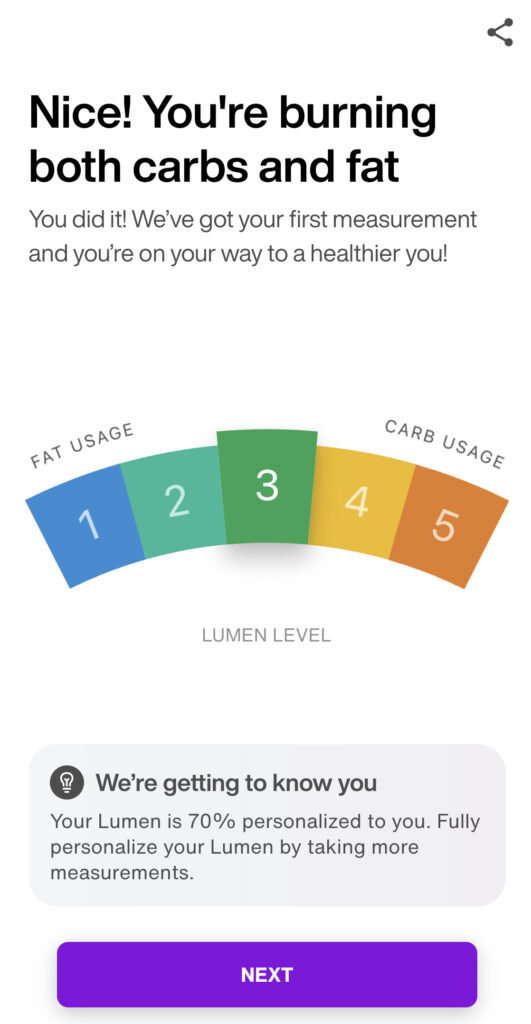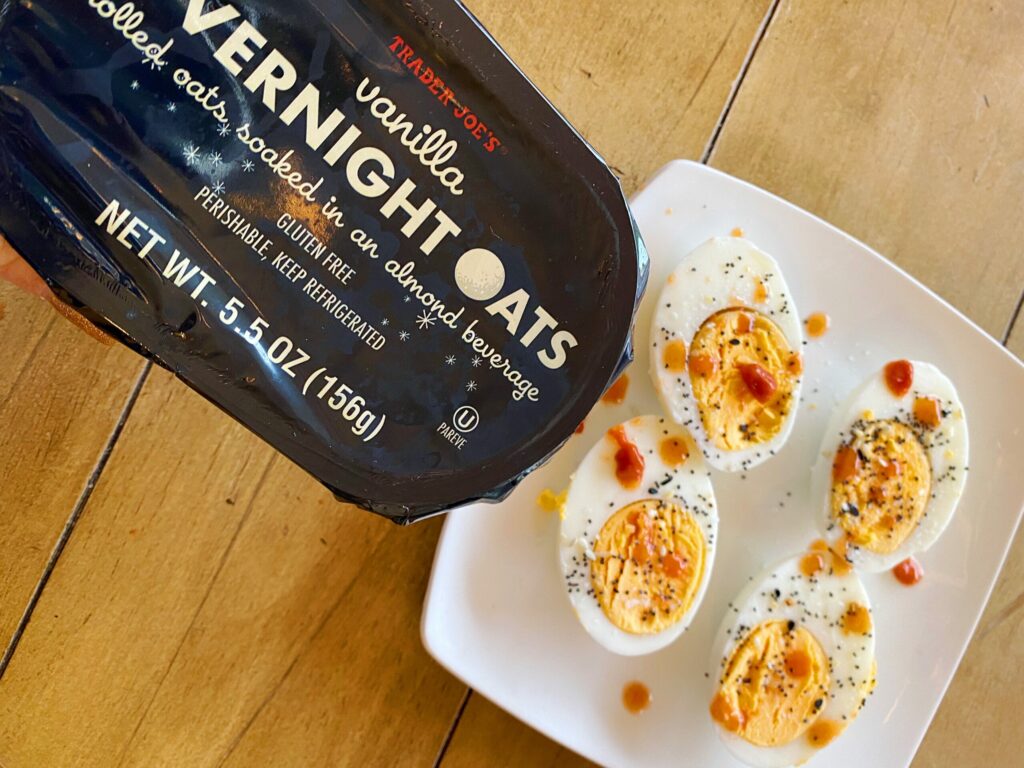How to improve metabolic flexibility
January 26, 2022 at 11:05AM
Lots of tips here on metabolic flexibility and how to improve it.
Hi hi! How’s the day going? I hope you’re having a wonderful morning so far. I’m subbing a Tabata class and then heading to coffee with a friend. I hope you have a lovely day today.
For today’s post, I’m chatting about something that I just recently started to pay more attention to over the past couple of years: metabolic flexibility. As I learn more biohacking tips and strategies to improve my health, I’m excited to share more of this info here. This post was written in collaboration with Mia, our Fitnessista RD. If you have any questions for her or topics you’d like to us to cover, please let me know!
We’ll also be doing an Instagram live this Friday at 9:30 PST /12:30 EST if you’d like to officially meet her and ask any fitness or nutrition questions! We’ll also be sharing the details about our new nutrition coaching program.
How to improve metabolic flexibility
What is metabolic flexibility?
Metabolic flexibility is the ability for the body to switch between sources of fuel, whether it is energy received from fat or energy from carbohydrate consumption. Do you notice that you feel better when you eat a steak vs a pizza?
Being metabolically flexible allows for the body to easily switch between the two sources of fuel. It allows your body to use food that was just eaten for fuel, or if it’s been hours or even a day since your last meal, it lets your body dip into fat storage for fuel. A flexible metabolism allows this to happen with ease while feeling great.
How do you know if you have a flexible metabolism?
Here are some indicators that your metabolism is functioning at an optimal level:
– You can go hours without eating and not become “hangry.”
– Your meal frequency doesn’t dictate your mood.
– Your energy levels are great when eating a diet rich in protein and healthy fats.
– You feel great when eating a diet rich in protein and carbohydrates.
-No need to eat every 2-3 hours to prevent fatigue, headaches, or hypoglycemia.
– You haven’t coined yourself as someone who follows a specific “diet”.
How I measure my own metabolic flexibility:
I use two things to see how my metabolism is functioning and how my body responds to different foods and eating patterns. The first one is the Lumen, which will actually tell you whether you’re predominantly burning carbs or fat, based on your RER (respiratory exchange ratio). I use Lumen a few times throughout the day, and tweak my nutrition based off its suggestions. (If you decide to try it use FITNESSISTA for an extra 10% off.)
ADVERTISEMENT
ADVERTISEMENTSports Direct Free Delivery on All Orders! |
It’s also been insightful to see how certain workouts and foods (especially late-night meals) affect my metabolic function.
You can check out my full post about Lumen here.
I’ll also occasionally use Nutrisense, which is an app that’s paired with a Continuous Glucose Monitor (CGM) and the support of a Registered Dietitian. This has been incredible to see my body’s response in real time, and it helped me to make very simple tweaks to my diet and eating patterns. It’s been a good motivation to have my last meal earlier in the day, skip the late-night alcohol, take a walk before or after a carb-heavy meal, and also eat my protein first.
My full post about Nutrisense is here.
How can you achieve a flexible metabolism?
One of the easiest things you can do to achieve a flexible metabolism is to balance your blood sugar and be strategic about your choices of fuel. The goal is to have moderate rises in our blood sugar throughout the day, while minimizing the high spikes and crashes.
How to do this:
– Choose to eat your protein before carbohydrates at a meal. This might look like eating your eggs and bacon before diving into the side of fruit; eating half of your steak before taking a bite of broccoli or that baked potato.
– Balancing your meals with the proper ratios of protein, carbohydrates and fats depending on your goals. Make half of your plate non starchy, green vegetables, 6 oz of cooked protein and fill in the rest with carbohydrates or fat as you prefer, remembering to eat the protein first.
– Schedule your carbohydrates. Front loading your carbohydrates earlier in the day (breakfast/lunch) is better for overall metabolic health and preventing insulin resistance.
ADVERTISEMENT

ADVERTISEMENT
Anya Hindmarch - I AM A PLASTIC BAGWhat does this look like?
Grilled chicken thighs with veggies at lunch, finish with “treat” that you typically save for the end of the day and then go for a walk. Or follow your lunchtime lifting session with shrimp stir fry with rice. Eating the protein and fiber first will blunt the spike from the simple carbohydrates in the treat & the rice.
Plus, including carbohydrates after lifting allows your muscles to soak up those carbohydrates and put them to use for repair and growth. Walk after meals to help move the glucose through the bloodstream. Put the energy to work instead of sitting and getting stored in the body.
– Finally, make sure that you’re finishing your last meal at least 2-3 hours before you hit the hay! Not only will you get better sleep, but your body will be able to get to work scrubbing your brain and regenerating new cells instead of focusing on digestion. I know, it’s hard not to eat late and we run into activities with kids or a late work meeting. Slowly begin to front load your total food intake for the day, so that in the event you do eat late, it’s a smaller meal of protein and veggies, knowing that your body received the majority of its nutrition earlier in the day.
The body is primed to take advantage of utilizing human growth hormone in order to repair and build while you’re sleeping. The sweet spot is 10pm-2am, so start that bedtime routine early so you can hit the pillow to dream land and soak up the free benefits.
Let me know if this post was helpful for ya! Please let me know if there are any future topics you’d like to see like this. 🙂
xoxo
Gina
The post How to improve metabolic flexibility appeared first on The Fitnessista.
Continue Reading…
Author Fitnessista | citywomen.co
Selected by CWC
ADVERTISEMENT
ADVERTISEMENTUp to 30% off Gift Sets |












